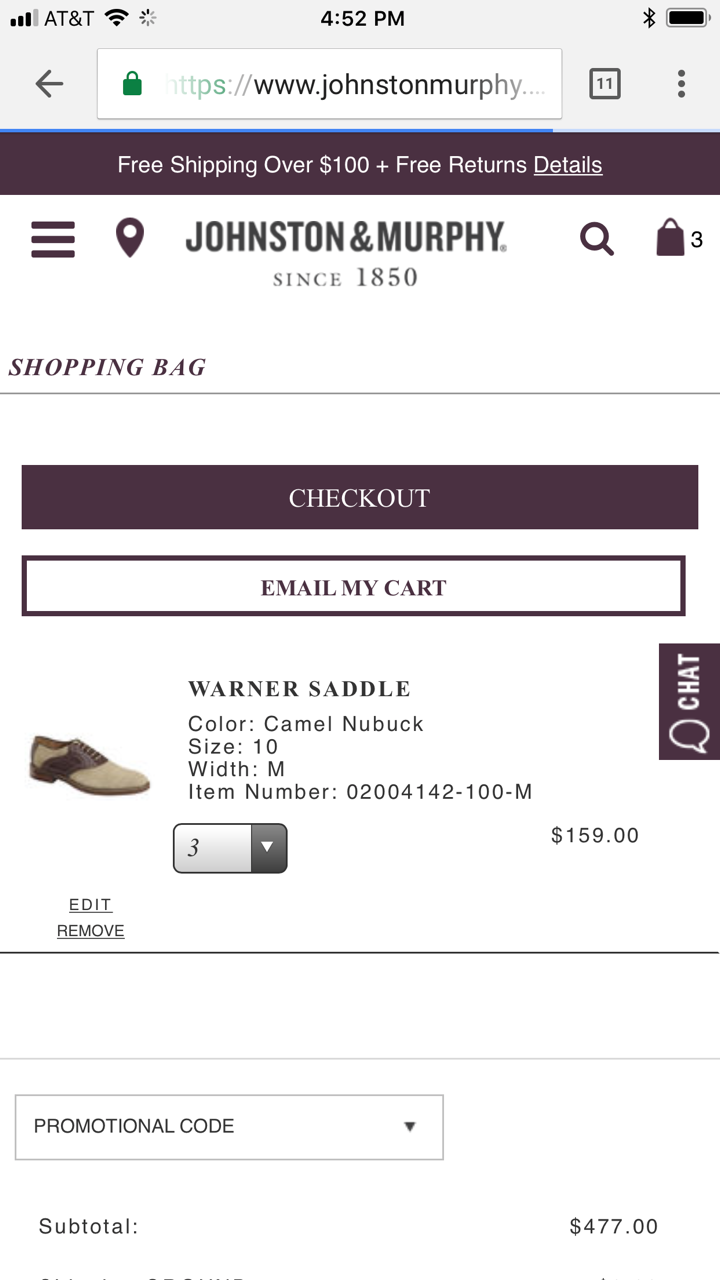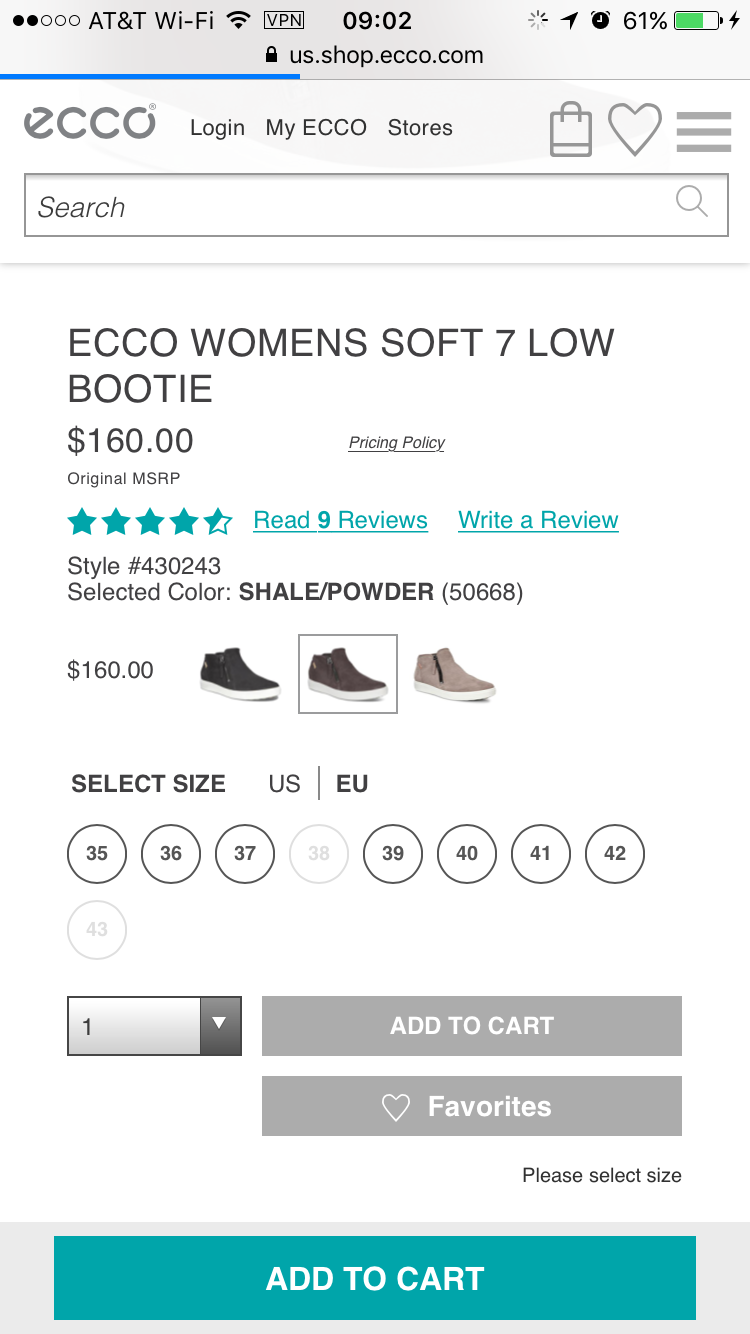
Get your FREE 30-day trial.
Please complete all fields.
As a Principal Success Specialist at Salesforce Commerce Cloud, I spend a lot of time helping retailers devise and implement strategies to drive growth. Often, the focus is not on large, ambitious long-term projects but the quicker wins that truly (and almost always) move the needle. That’s why, to an overwhelming degree, retailers and brands are most interested in optimizing the “basics” of ecommerce.
One theme that really resonated at a recent roundtable hosted by Salesforce was bringing shoppers back into the fold with marketing. Now, it sounds simple and obvious, but the truth is that many retailers are missing opportunities to boomerang shoppers back into their orbit once they’ve left their site.
Here are some best practices we shared:
Another theme that resonated with retailers at our roundtable was leveraging tools that accommodate cross-channel and cross-device shopping. By now, everyone knows that shoppers take a circuitous route to purchasing. They start on mobile and wind up in store, or start in store and buy on the web, or any combo of these. At the same time various studies, including this one from Harvard Business Review, shows that the more channels with which a customer engages a brand, the more valuable that customer becomes.
To that end, one of the easiest things a retailer can do is empower shoppers who for whatever reason, aren’t ready to buy, to email their cart to themselves. The link creates a new cart rather than loading a saved cart. One example of this is Johnston and Murphy, which has customized this to appear as an added service in the shopping cart.

Saving to favorites is another powerful tool which allows shoppers to pick back up where they left off. They can take the list into a store or shop later from another device. The favorites tool implemented by ECCO, below, is cookie-based rather than login, making it even easier and faster for shoppers to use on their mobile.

With average cart abandonment rates as high as 85%, and checkout abandonment rates as high as 60%, marketing tactics designed to bring shoppers back offer a huge opportunity for retailers to recover lost revenue. Through a combination of social remarketing ads, traditional cart recovery email programs, and site functionality to accommodate cross-device shoppers, retailers today have more tools at their fingertips to reach and re-engage shoppers than they have ever had.
Of course, cloud technologies empower retailers and brands to be more agile in their approach to growth. Check out our Guide to Commerce in the Cloud to learn how.